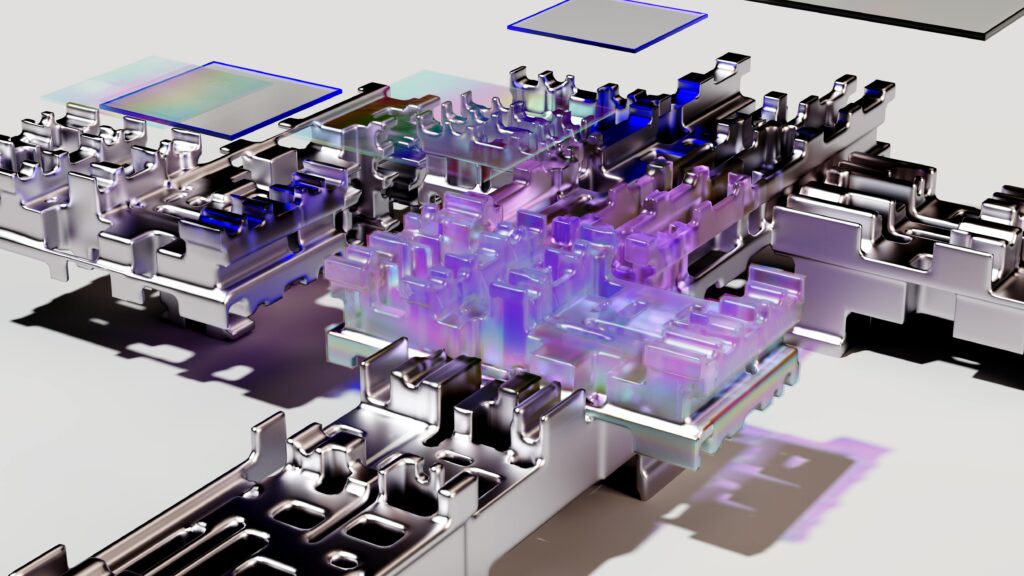AT&T’s Fibre Gambit: Betting Big on the Future of Broadband
You’re the regional CTO at a Tier 1 carrier, staring at a service coverage heatmap riddled with gaps. Just as your team finishes another round of edge expansion forecasts, news breaks: AT&T is in talks to acquire Lumen Technologies’ consumer fibre assets for $5.5 billion. The implications are immediate. More homes passed, faster provisioning at the edge, and higher market penetration—especially in underserved areas. You wonder how fast the dominoes will fall across the TSP ecosystem.
This potential deal between AT&T and Lumen marks not only a massive infrastructure play but a strategic realignment in the competitive telco landscape—one shaped by fibre, AI, edge data centers, and the evolving expectations of enterprise and residential customers alike.
Fibre Networks as Competitive Currency
AT&T’s ambition to expand its fibre network to over 50 million locations by 2029 is bold, but necessary. Fibre is no longer a luxury—it’s the critical backbone for 5G densification, cloud-first enterprise connectivity, and consumer broadband reliability. With Lumen operating around 400 consumer fibre assets across 1,700 U.S. wire centers, the acquisition would give AT&T immediate local infrastructure depth and expedite last-mile access in key regional markets.
This growth is not just about physical infrastructure—it’s about what that infrastructure enables. Whether powering ultra-low latency for autonomous manufacturing or enabling symmetrical gigabit speeds in suburban homes, fibre is the enabler of modern digital life.
Operational Trade-offs: Fibre Over Wireless
On AT&T’s recent earnings call, CFO Pascal Desroches outlined a decisive budget shift: reduce wireless investment to fund fibre deployment. This signals a recalibration of priorities that aligns with broader TSP trends. With more carriers leaning on edge and hybrid cloud capabilities, pure wireless expansion is becoming a diminishing return in comparison to fibre-backed, service-rich offerings.
Supporting this expansion, AT&T is working with Nokia, leveraging Lightspan MF and Altiplano platforms—technologies designed to drive high-speed, scalable fibre deployments. This technology partnership ensures that AT&T’s network can support the traffic density and service-level guarantees demanded by next-gen consumer and enterprise applications.
Why Lumen’s Exit is Equally Strategic
Lumen’s decision to potentially divest its consumer fibre assets is not a retreat, but a refocus. The company is pivoting toward enterprise AI initiatives, a high-margin growth sector that aligns with current digital transformation trends. Backed by Goldman Sachs, Lumen’s repositioning reflects a broader industry shift: legacy telcos transforming into tech-first service providers.
The AI landscape is pulling infrastructure investment upstream. Rather than trying to maintain a competitive edge in both enterprise and consumer segments, Lumen’s focus on AI allows it to streamline operations and capitalize on more lucrative enterprise service layers—such as intelligent routing, cloud-native VNFs, and secure edge compute.
Strategic Ramifications for Telco Cloud and OSS/BSS
For telco cloud operators and TSP stack architects, this deal could fast-track the deployment of containerized network functions (CNFs) and better leverage orchestration tools like Cell-Stack. As fibre infrastructure grows denser, automation becomes paramount. AT&T’s integration of Lumen’s footprint would likely require enhanced lifecycle management across both physical and virtual network functions.
On the OSS/BSS side, such a merger demands seamless API integrations and real-time customer management capabilities across an expanded geography. Here, standards-based platforms like ONAP or proprietary automation suites will be tested for scalability and agility.
What It Means for B2B and B2C Engagement
From a CX perspective, a consolidated fibre footprint enables telcos to offer more consistent and higher-quality service experiences. For B2C, this means fewer service interruptions, faster installations, and bundled offerings that truly work. For B2B clients—especially SMBs in newly fibre-rich zones—the implications are even more profound: symmetrical internet speeds, better uptime, and the possibility of edge-based solutions without investing in private infrastructure.
More importantly, network convergence across fibre and edge facilities (like American Tower’s new Edge Data Centre in Raleigh ) means faster provisioning of AI-powered tools and hybrid cloud environments at local levels. This flexibility is central to modern enterprise IT strategies and will only accelerate with broader fibre availability.
Looking Ahead: AI, Edge, and Spectrum
While fibre investment remains foundational, other FCC and infrastructure initiatives are setting the stage for what’s next. The FCC’s move to potentially unlock over 20,000 MHz of spectrum for satellite broadband , and the continued buildout of distributed edge data centers, point to a hybrid model where terrestrial fibre meets edge compute meets satellite backhaul.
In this hybrid, high-speed environment, the TSP stack must be modular, automated, and intelligent. AI will continue to play a transformative role—from predictive maintenance of fibre infrastructure to dynamic routing of traffic across fibre, wireless, and satellite.
Conclusion: A Defining Deal for the Next Decade
AT&T’s potential acquisition of Lumen’s fibre assets is more than a transaction—it’s a commitment to long-term infrastructure evolution. It signals that the fibre era is far from over, and that ownership of last-mile assets is still a powerful differentiator in an age of cloud-native, AI-driven service delivery.
As telcos continue to balance CapEx, strategic partnerships, and evolving CX demands, fibre will remain a central pillar in delivering agile, high-value services to both consumers and businesses.



